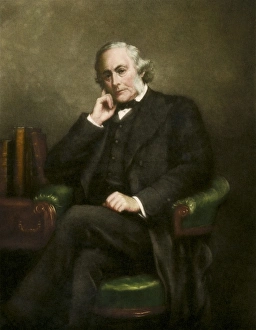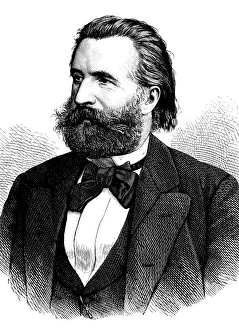Sepsis Collection
"Sepsis: A Silent Killer Unveiled through the Lens of Medical Pioneers" In the world of medicine, it has long been a formidable adversary
All Professionally Made to Order for Quick Shipping
"Sepsis: A Silent Killer Unveiled through the Lens of Medical Pioneers" In the world of medicine, it has long been a formidable adversary, silently claiming countless lives. However, thanks to the groundbreaking work of visionaries like Joseph Lister and Ernst von Bergmann, its mysteries have gradually unraveled. Curtis British Entomology Plate 245 serves as a metaphorical gateway into understanding sepsis. Just as insects can infiltrate our surroundings unnoticed, so too can this insidious condition invade our bodies undetected. Lister's pioneering efforts in antiseptic surgery during the late 19th century shed light on the connection between bacterial infections and sepsis. Lister's journey began in c1855 when he first recognized that bacteria played a pivotal role in wound infection. His relentless pursuit for answers led him to develop antiseptic techniques that revolutionized surgical practices worldwide. The image of Lister on his ward round at Glasgow Royal Infirmary c1867 showcases his dedication to eradicating sepsis from hospitals and saving lives. Through various depictions of bacterial infections in artwork, we are reminded of their microscopic yet devastating impact on human health. These visual representations serve as stark reminders that behind every case lies an invisible enemy capable of wreaking havoc within our bodies. As time progressed, medical advancements continued to build upon Lister's foundation. In c1877, another glimpse into Lister's tireless efforts reveals his unwavering commitment towards combating this deadly condition head-on. Meanwhile, across borders in Germany, Ernst von Bergmann made significant contributions to surgical hygiene during the early 20th century (c018 / 7105). His research further solidified our understanding of how bacteria contribute to sepsis development and emphasized the importance of sterile environments during surgeries. Today, armed with knowledge gained from these medical pioneers' endeavors, we continue the fight against sepsis.








